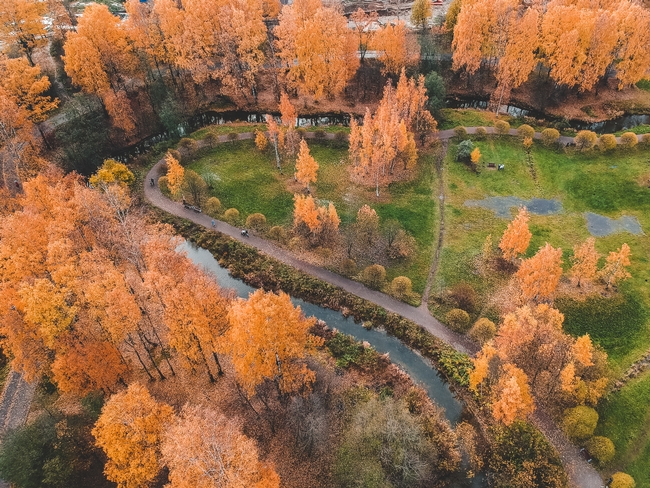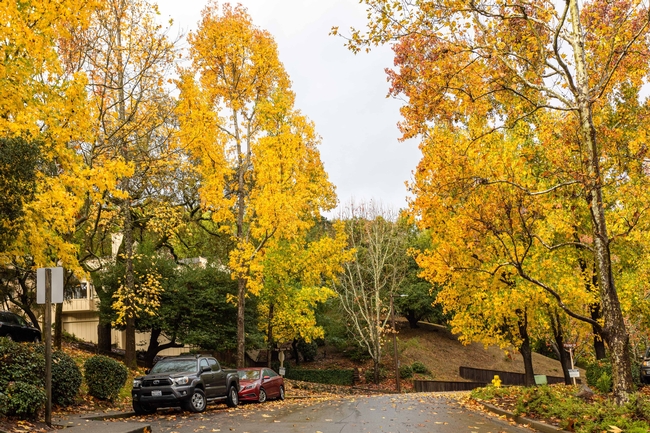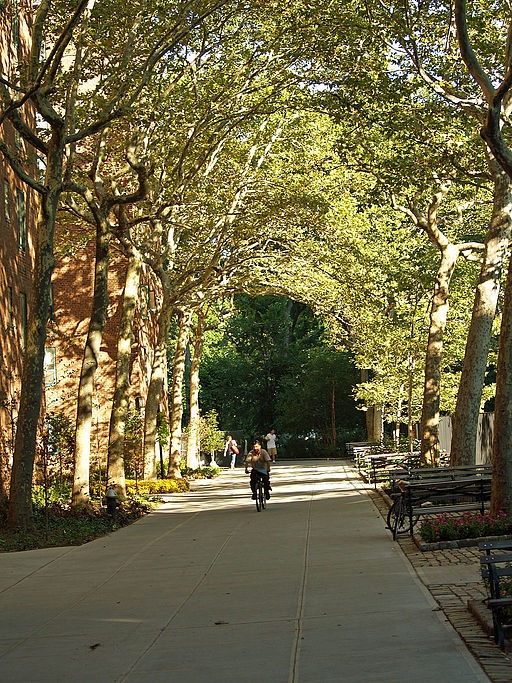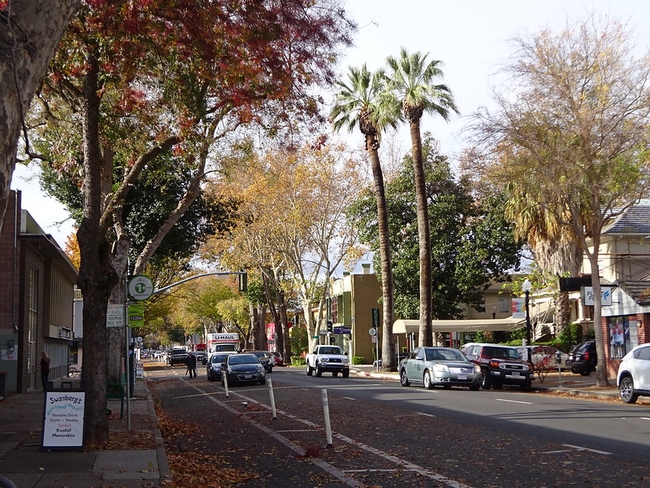I grew up on a tree-lined street, with large carob tree canopies arching over to provide shading and cooling during the heat of summer. In the fall they filled the evening air with their pungent, earthy smell, and in spring they dropped their edible pods.
When I first moved to Napa, I lived in south downtown near Fuller Park among the many beautiful mature and diverse historic trees. I loved walking my dog in the neighborhood everyday. It was always a leafy adventure, observing the many types of trees and enjoying the seasonal changes and fall colors. This is our Napa urban forest.
Urban forests include not only our street trees but also trees planted in our gardens and yards. The urban forest plays an important role in the health of our community, people and wildlife.
Besides being beautiful, trees provide many benefits. Research shows that communities that have trees have less crime and a calmer, happier community in general. Trees provide cooling not only with their shade but also by actually cooling the air around them through evaporation and transpiration, giving off water through their leaves.
Like all green plants, trees also take in carbon dioxide and release oxygen, cleaning the air and helping us breathe.
Spending time around plants and nature is in our DNA. It naturally relaxes people and helps them heal. People surrounded by plants and green space have been shown to learn better, have less stress and anxiety and heal faster.
Although trees are generally long lived, they do eventually die. Some of our practices or lack of care can accelerate this process.
Trees are damaged by living things—insects, disease, animals or people—and non-living causes such as drought, floods, frost, heat, lightning or chemicals. Damaged or injured trees are more susceptible to insects and diseases, so keeping trees healthy is important to their longevity.
Once trees begin to decline, they can sometimes become hazardous and require removal. However, often trees die slowly and remain safely in place a long time before they need to be removed or replaced.
Street trees face many challenges. Sometimes finding the balance between our own needs and a tree's needs is difficult. We want a nicely shaped tree to provide shade. We don't want it to be problematic or messy, dropping leaves, fruit or sticky sap. Perhaps we want it to provide fall color and spring flowers.
Street trees need to be able to thrive near hot pavement and often between a sidewalk and the street in a confined space. In narrow street plantings, the most appropriate trees have roots that go deep to avoid lifting sidewalks.
Street trees often do not get much water so need to be drought tolerant. They need strong limbs and good structure. We also want trees that have few pest or disease issues.
When choosing a tree, we must also consider its mature height and spread to avoid future problems with wires or other nearby structures. Careful planning, wise selection and proper care will give you a good tree without problems. You may need to compromise a little to find the right tree for your needs.
Trees are removed for many reasons besides tree death, but we can replant them and keep our streets and community shady, green and healthy. If you want to get involved in replanting and renewing our Napa urban forest , there are several local groups working on planting trees and teaching people how to care for them.
The Urban Forest Fellowship is a new group of community volunteers working with the City of Napa to replant and maintain Napa street trees. Contact the group via email at UFFNapa@gmail.com to join. When enough volunteers have joined, events will be planned.
The Napa County Resource Conservation District (RCD) has been planting oaks for many years. You can help collect and plant acorns this fall. Visit www.naparcd.org and look for information on Community Oak Days. The Napa RCD is also working on a new collaborative project for reforestation and forest stewardship called Million Tree Napa. Programs are being planned now and will start early next year.
The University of California Agriculture and Natural Resources and CalFire are collaborating on online and in-person workshops early next year on forest stewardship and developing a forest management plan. Get details here.
Help Desk: The Master Gardener Help Desk is available to answer your garden questions on Mondays and Fridays from 10 a.m. until 1 p.m. Send your questions to mastergardeners@countyofnapa.org. Include your name, address, phone number and a brief description of the problem. For best results, attach a photo of the plant. You may also leave a voicemail message with the same information at 707-253-4143.
Food Growing Forum: Join UC Master Gardeners of Napa County for a free forum on “Cultivating Mushrooms” on Sunday, November 13, from 3 pm to 4 pm, via Zoom. Register to receive the Zoom link.
Gardening with the Masters: Join UC Master Gardeners of Napa County for a gardening workshop on Saturday, November 19, at Ole Health Garden, 300 Hartle Court, Napa. Class size is limited so please register to attend.
Library Talk: UC Master Gardeners will host a talk on “Seasonal Tips and Ideas for the Gardener at Heart” via Zoom on Thursday, December 1, from 7 pm to 8 pm. Learn about living holiday trees, forced bulbs, and gift ideas for gardeners in your life. Register to receive the Zoom link.



